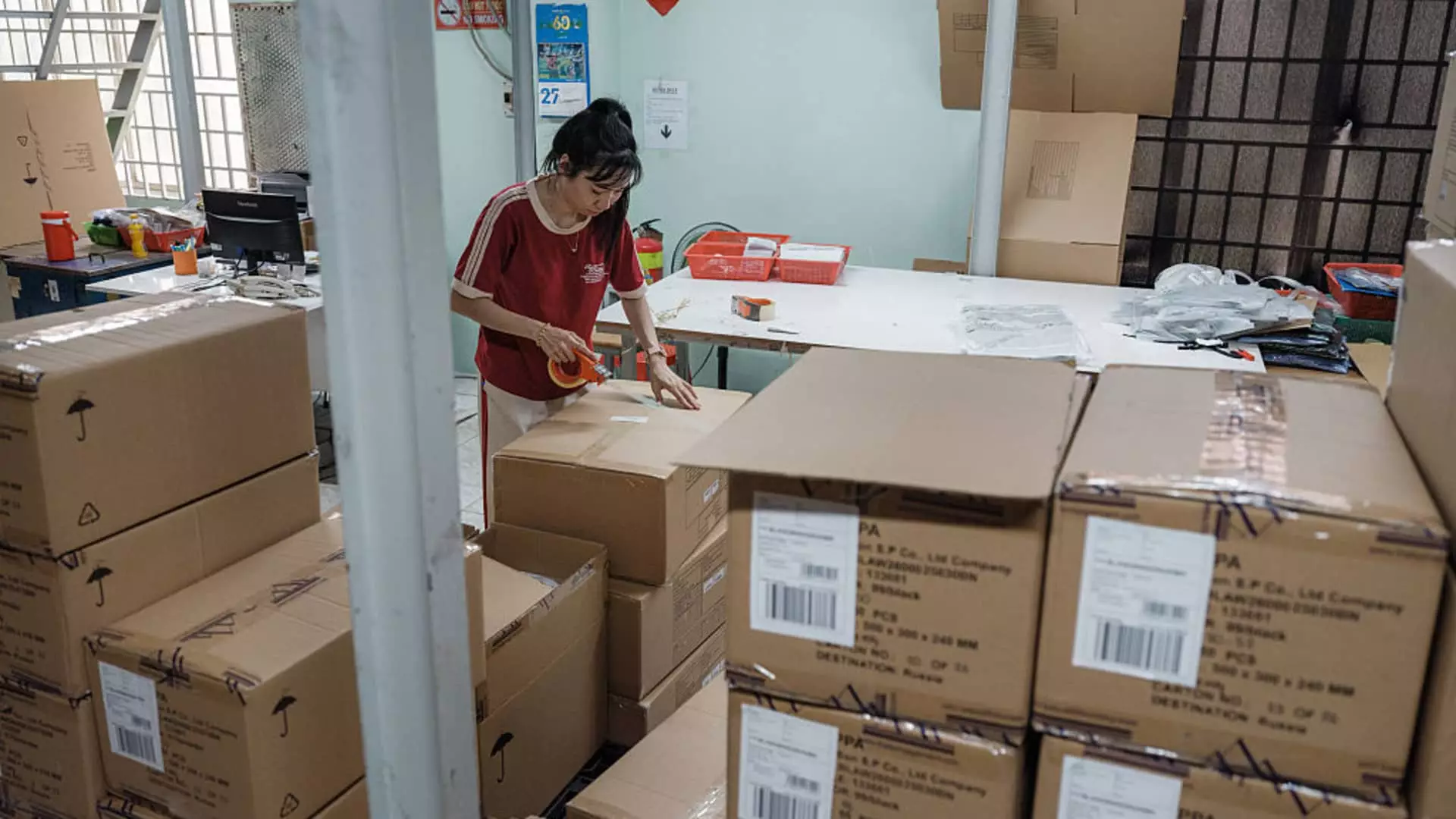In an era where commerce and geopolitics are intricately intertwined, public announcements about tariff agreements often serve more as political theater than substantive economic policy. The recent tentative deal between the Trump administration and Vietnam exemplifies this spectacle. While industry executives breathe a cautious sigh of relief, underlying concerns reveal a deeper discomfort with the true implications of these negotiations. This staged diplomacy creates an illusion of progress, masking the fragile foundation upon which such agreements are built. It fosters false hope among consumers and businesses alike, while the reality remains that trade agreements are rarely definitive until fully cemented, leaving the industry vulnerable to sudden shifts and policy reversals.
The Sigh of Relief Masks a Lament for Consumers and Small Businesses
Although headlines proclaim a victory—lower tariffs, postponed hikes—the truth is far more nuanced. For consumers, the relief is temporary; it’s a mirage that obscures the mounting pressure on their wallets. Retailers and manufacturers are contemplating future price hikes, knowing that the purported “compromise” merely delays the inevitable. When a 20% tariff replaces a proposed 46%, it seems like a win, but it’s, in reality, a band-aid over a much larger wound. As brands prepare to pass on increased costs, average households will ultimately bear the burden through higher prices on everyday goods—shoes, clothing, and household items. This incremental erosion of consumer purchasing power undermines the very fabric of a resilient, thriving economy and exacerbates inequality as low- and middle-income families feel the pinch most acutely.
The Strategic Retreat of Major Global Retailers and Its Unintended Consequences
Over the past decade, American retail giants like Nike, Gap, and American Eagle have cleverly diversified their manufacturing bases, shifting production away from China in anticipation of punitive tariffs and geopolitical unrest. Vietnam emerged as a key beneficiary, offering comparable manufacturing quality at a fraction of the cost. This strategic realignment was not merely about cost-saving; it was a defensive maneuver to shield themselves from volatile trade policies. Yet, this very diversification exposes them to new risks—uncertainty about tariff rates, shifting international relations, and supply chain disruptions. The tentative deal with Vietnam underscores the precariousness of these arrangements. Instead of fostering stability, such partial agreements sow confusion and irregularity, making long-term planning nearly impossible for retailers and manufacturers. Market confidence wanes when policy is perceived as inconsistent or fraught with ambiguity.
The Myth of “Manageable” Tariffs in a Globalized Economy
Industry analysts often speak optimistically about manageable tariffs—20% or even lower—as if these figures are benign. But this perspective ignores the broader economic context. Tariffs are not merely a line item on financial statements; they are a form of market interference that inflates prices and distorts global supply chains. When a $95 pair of shoes faces a $7.42 to $19.00 increase solely due to tariffs, the cost gets passed along to consumers, choking disposable income. Such incremental increases may seem manageable in isolation, but cumulatively they contribute to inflationary pressures that erode consumer confidence and spending. Corporations like Nike and smaller suppliers already anticipate these ripple effects, planning price hikes that could sap demand just when economic recovery is fragile. The apparent “relief” offered by a reduced tariff rate is illusory—a fleeting breather in a longer-term battle to maintain profitability amid rising costs.
Critical Flaws in the Negotiation Process and the Risk of a False Dawn
The biggest flaw in these negotiations is their provisional nature. The lack of clear timelines, binding agreements, and enforceable commitments breeds uncertainty. Executives admit they are “waiting to see if this is definitive,” an acknowledgement that the current deal is more a placeholder than a firm resolution. Such ambiguity serves neither consumers nor industry stakeholders well. Instead, it encourages speculative pricing, delayed investment decisions, and a potential backlash once tariffs are implemented—or if negotiations eventually break down. This lack of certainty paints a grim picture where businesses and consumers are caught in a cycle of hope and disappointment, which further damages market confidence. Politicians may spin these negotiations as victories, but in reality, they risk sowing further instability at a time when economic resilience depends on trust and clarity.
The Center-Left Balance: Protecting Consumers without Fueling Unnecessary Trade Wars
From a center-wing liberal perspective, the challenge is to safeguard consumer interests without escalating trade conflicts into destructive trade wars. While addressing unfair trading practices and geopolitical risks is necessary, the approach must be tempered by an understanding that economic stability relies on predictable, fair trade policies. Tariffs should not be weaponized for political gain; instead, they should serve as tools for cooperative diplomacy, promoting fair competition while ensuring that protections for workers and consumers are prioritized. The piecemeal nature of these negotiations, with their ever-shifting rates and uncertain outcomes, undermines this balance. It’s crucial for policymakers to recognize that uncoordinated tariff hikes harm the most vulnerable—those who can least absorb the increased costs—and that sustainable trade policies are rooted in transparency, stability, and genuine cooperation rather than tactical leaks and half-baked deals.
In navigating these complex waters, the real victory lies not in temporary reprieves or superficial agreements, but in establishing resilient, transparent frameworks that prioritize consumers’ well-being and foster fair economic relationships. Anything less risks unleashing instability that damages the fabric of our interconnected economy and widens the inequality gap that liberal values seek to bridge.

